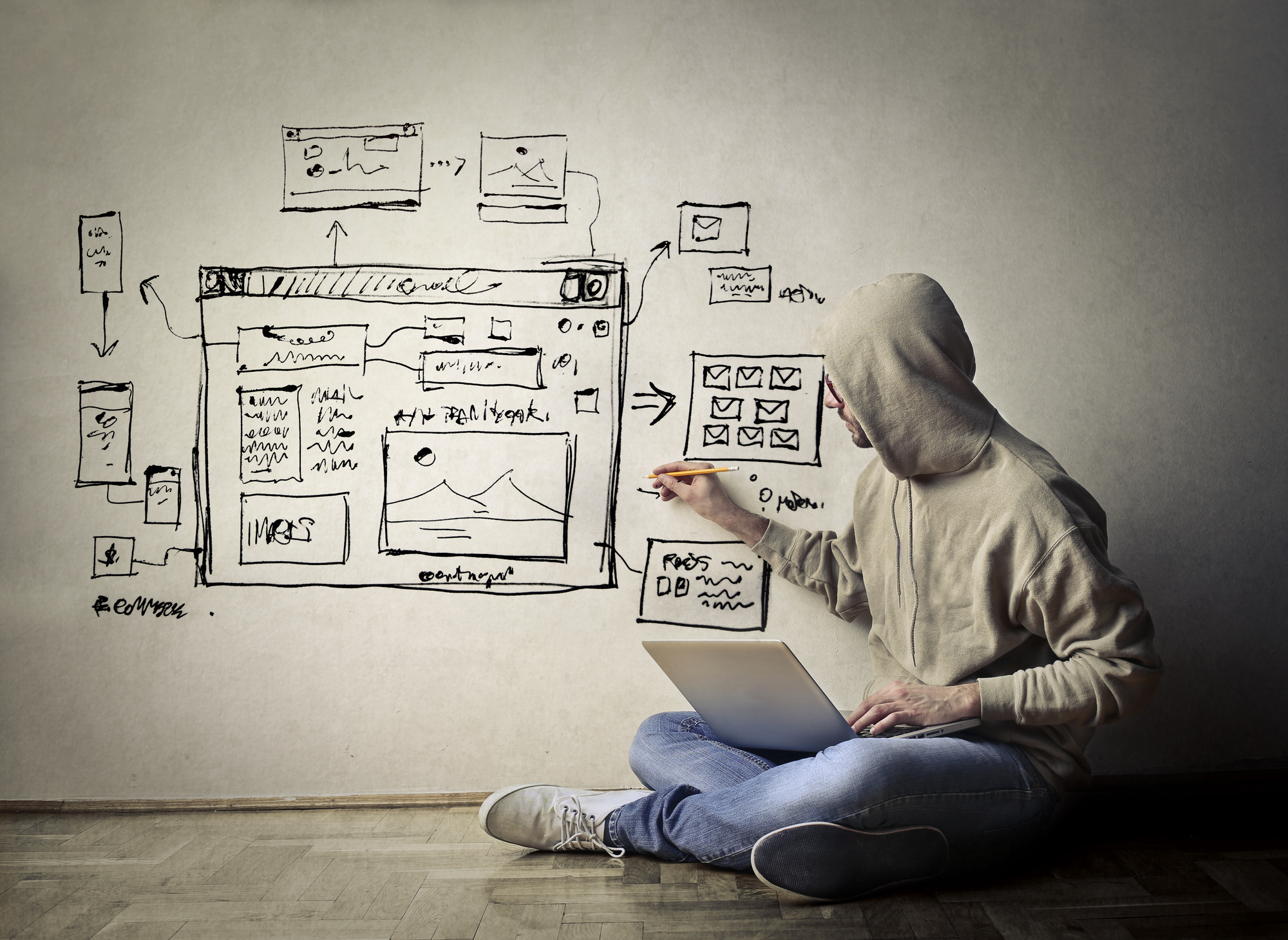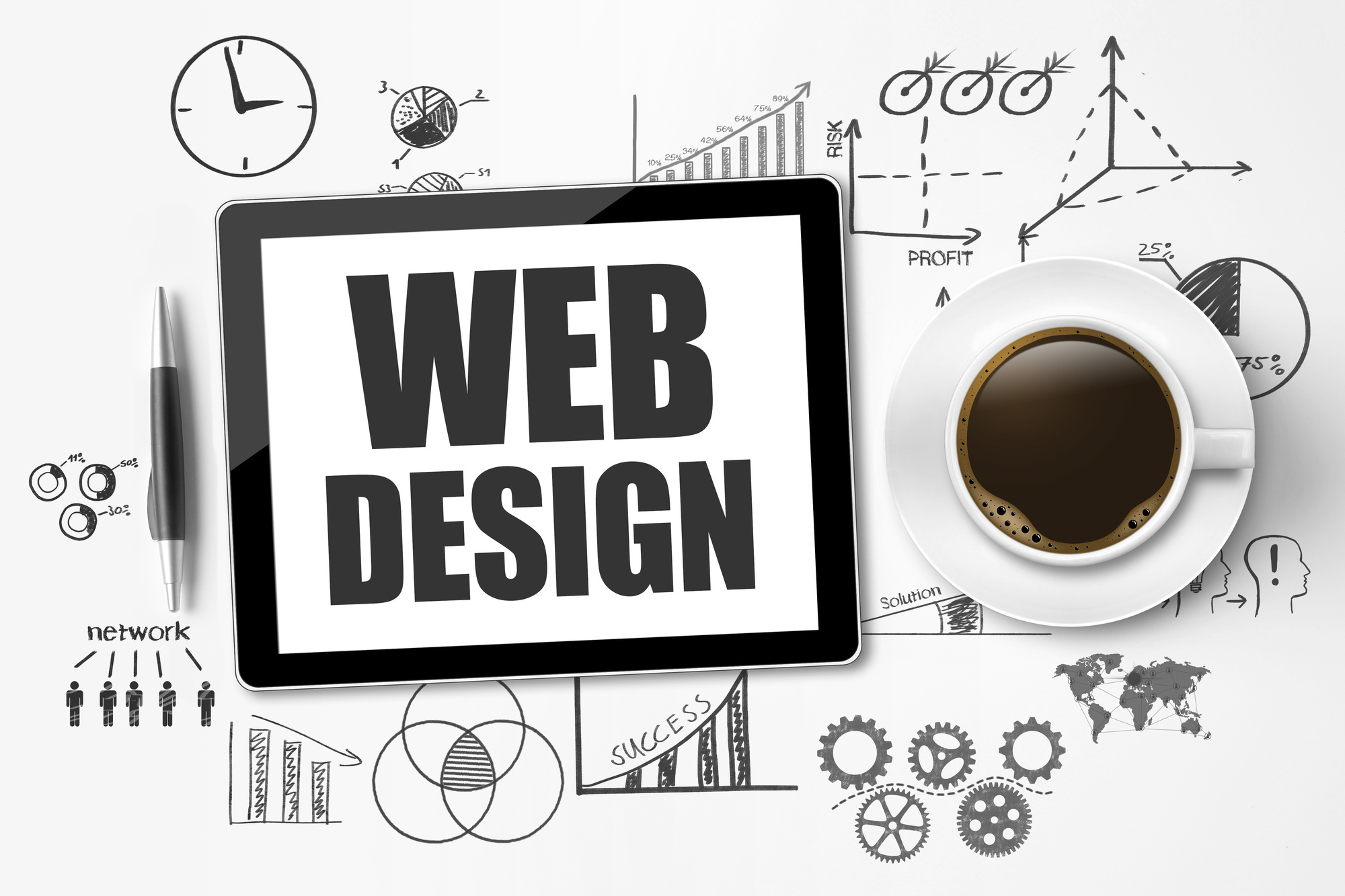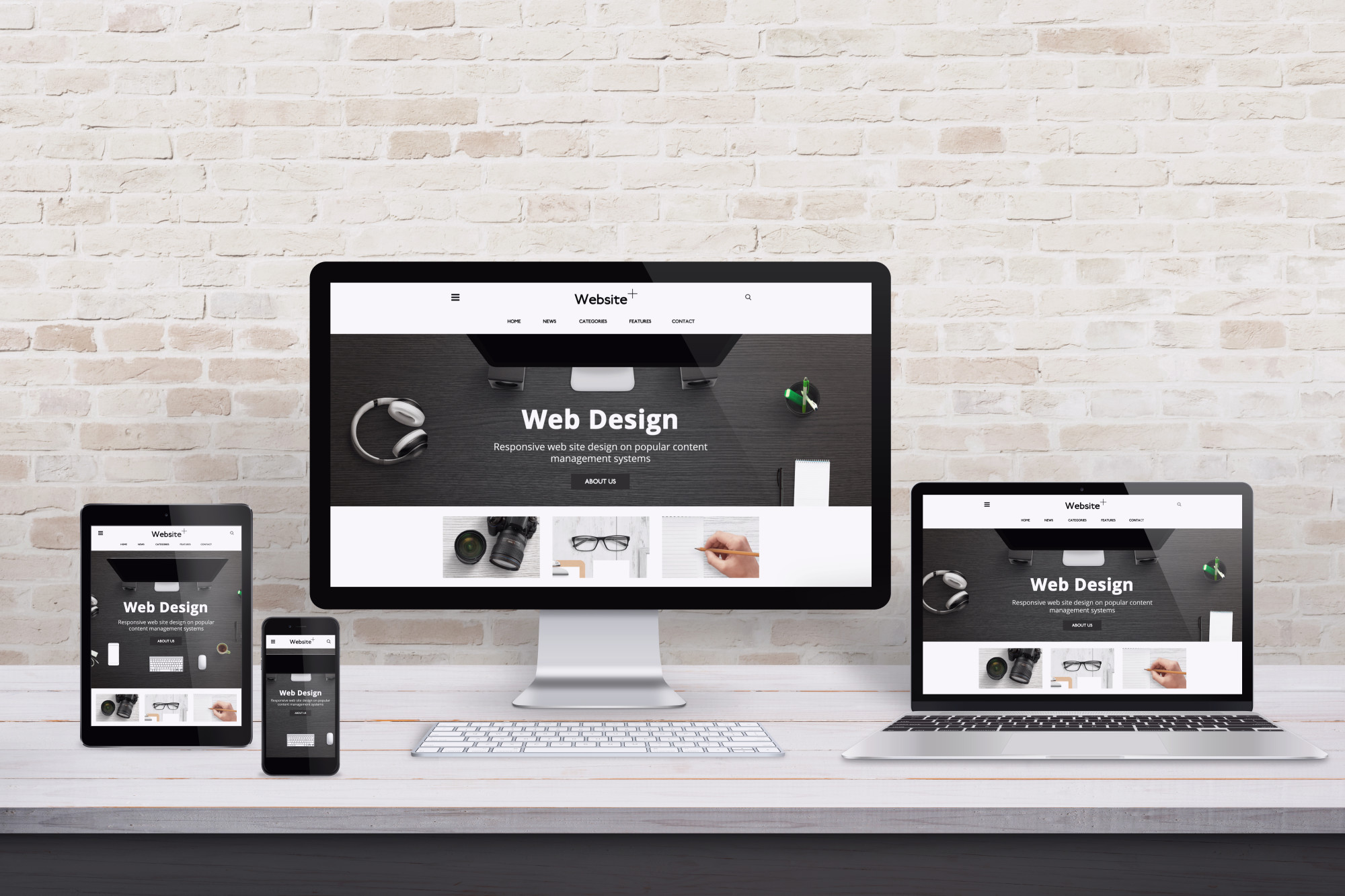Every day, around 500,000 new websites launch. That’s a colossal number, and it tells us that there is still plenty of ideas and innovations still to emerge.
It also means thousands of extremely busy website developers are crafting a new website as you read this article!
But what happens in a typical website development process? We’re here to pull back the curtain and explain what happens step by step.
Requirements
There are many types of websites with their unique needs, so website design begins with a set of requirements.
In the case of design agencies, these will be written instructions provided by the customer. For big projects, this might be something that the team can put together in a brainstorming session.
The requirements will list all the primary functionality on the website. For example, perhaps the customer wants a bespoke search facility or a highly stylized video player.
User Interface Design
When visitors land on a website, they like to experience a website that’s easy to navigate and feels streamlined in its structure.
That’s where user interface design comes in. Here, a team will map out the user journeys on the website and use that to develop a website structure that works effectively.
Design and Branding
Once the website structure is ready, and the team has a list of functionality to build, it’s time for the creative design process to start. This step is where a team will turn those abstract ideas into a beautiful and stylish website.
This work sometimes includes other branding tasks if the website is for a new startup (for example, the business logo). Learn more about these design activities here.
Coding
A significant part of website development happens during the coding stage. That is the final point when the team will decide on the platform for the new website.
It might be a Shopify website if it’s for an online store. Or perhaps a content management system like WordPress. The development team might decide to build something genuinely bespoke instead.
This phase is also when the team will put together any integration that the new website will need.
Standard integrations include links to payment systems (like PayPal or Stripe) and email autoresponders. The team might also add extra third-party widgets and tools to the website, such as a chatbot for customer service support.
Testing
Before the small business owner can release their new website, the development team needs to do thorough end-to-end testing. This essential step ensures everything works as expected.
Even for the best web developer, this is often a circular process. The team will test, make changes to the website, and test again. If the agency builds a website for a customer, they’ll also get the customer to test.
The team might also invite end-users to test the website to ensure it ticks the boxes from a usability point of view for large websites.
The End-to-End Website Development Process
When you browse a website, you might not think about how that idea started. But there are lots of vital steps that go into a website development process if you want a business site that’s unique, modern, and beautiful.
Once you launch your website, you’ll need to know how to get visitors. Our digital marketing section has lots of tips for you.











